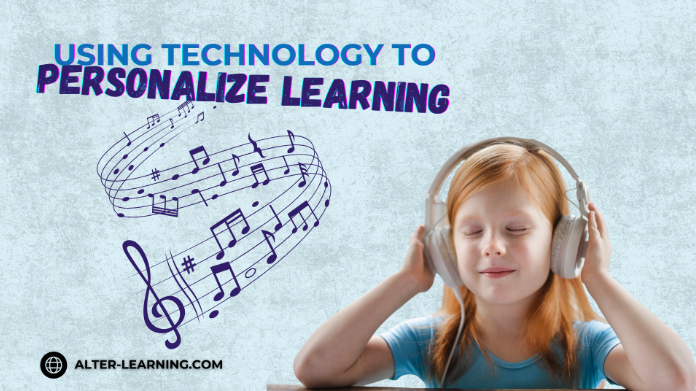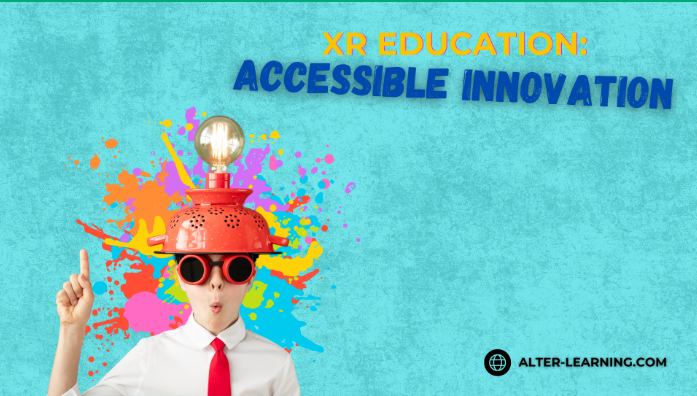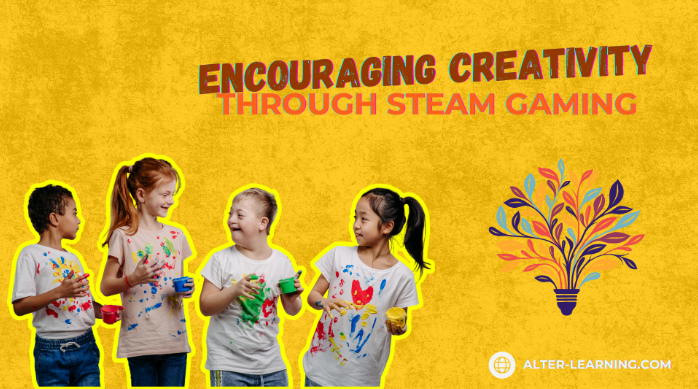Every student learns differently. Some grasp concepts quickly through visuals, others need hands-on experimentation, and many thrive through social interaction or quiet repetition. Traditional education systems, with their one-size-fits-all approach, often struggle to meet every learner where they are. But educational technology—when designed thoughtfully—can help bridge that gap.
Through adaptive tools, immersive platforms, and interactive feedback systems, EdTech solutions like Alter-Learning can support teachers in personalizing instruction for each student. This doesn’t mean replacing educators with screens. It means empowering teachers to tailor content, pacing, and delivery in ways that support student agency, curiosity, and success.
What Is Personalized Learning?
Personalized learning refers to educational approaches that are responsive to individual student needs, preferences, and progress. This model encourages:
- Learner choice in how and what they explore,
- Flexible pacing based on performance or confidence,
- Targeted support through adaptive content and real-time feedback,
- Student agency, where learners co-own their learning journey.
Technology, especially interactive learning platforms, can support these elements by collecting insights, offering differentiated content, and adjusting to student behavior in real time.
How Alter-Learning Can Help Personalize Learning
Alter-Learning’s catalog of STEAM educational games and immersive learning tools are designed with flexibility and accessibility in mind. Here are several ways these tools can support personalized instruction:
1. Adaptive Difficulty and Pacing
Some games on the platform include built-in difficulty settings and progression options, allowing learners to move at their own speed or revisit areas of struggle without penalty.
- Math puzzle games may offer multiple solutions or levels of complexity,
- Interactive physics simulations can scaffold concepts from basic to advanced,
- Students can repeat or skip missions based on prior knowledge or confidence.
This flexibility helps students stay challenged but not overwhelmed, creating a more balanced learning experience.
2. Choice-Driven Learning Paths
When learners make decisions that shape the content they encounter—whether solving puzzles, exploring environments, or selecting avatars—they feel more in control. This boosts motivation and engagement.
- AR science experiments can let students choose which variables to explore,
- VR education apps often offer branching narratives with multiple outcomes,
- Digital art creation tools allow creative expression within a structured format.
These pathways turn lessons into journeys, where students become active participants rather than passive recipients.
3. Teacher Dashboards and Progress Tracking
Personalized learning isn’t only about what students see—it’s also about what teachers can do with real-time data. Alter-Learning supports instructors with tools that may include:
- Dashboards showing student progress, achievement, and behavior,
- Embedded formative assessments (quizzes, checkpoints, reflections),
- Tools to group students by level, interest, or learning style.
With these insights, teachers can adjust lessons, offer targeted support, or assign differentiated challenges that fit each learner’s zone of development.
Supporting All Types of Learners
Personalization isn’t only about academic levels. It also involves recognizing and responding to:
- Learning differences, such as dyslexia, ADHD, or autism,
- Language barriers, for multilingual or ESL students,
- Social-emotional needs, where engagement and confidence fluctuate,
- Cultural perspectives, where content must feel relevant and inclusive.
Alter-Learning addresses these areas through:
- Accessibility options (color-blind modes, audio cues, difficulty settings),
- Games designed with neurodivergent learners in mind,
- Multiplayer modes that promote collaboration over competition,
- Content tied to universal themes like creativity, nature, or exploration.
These features allow more students to participate fully, supporting equity and inclusion.
The Role of Educators in Personalized EdTech
Technology alone cannot personalize learning. Educators remain essential in guiding choices, shaping environments, and responding to human cues that no algorithm can read. With thoughtful integration, teachers can use platforms like Alter-Learning to:
- Introduce STEAM content through engaging entry points,
- Reinforce or extend classroom learning through interactive tools,
- Create space for student reflection, discussion, and goal setting,
- Celebrate unique strengths while supporting areas of growth.
Technology becomes a flexible partner—not a replacement—for good teaching.
Personalization Unlocks Potential
When students feel seen, supported, and challenged at the right level, they are more likely to engage deeply and learn meaningfully. Personalized learning isn’t about isolating students with screens—it’s about offering tools that respond to who they are and where they’re headed.
With Alter-Learning’s immersive technology platforms and diverse catalog of educational games, classrooms can evolve into adaptive, student-centered environments. Whether navigating a virtual chemistry lab, exploring an ecosystem, or solving cooperative challenges, students can follow learning paths that reflect their strengths, passions, and pace.
Because the best learning happens when students feel empowered to be themselves—and when technology helps educators bring out the best in every learner.
Follow Alter-Learning for more insights into immersive education, edtech success stories, and the future of learning. Want to explore how VR/AR could transform your school or learning platform? Let’s connect.




